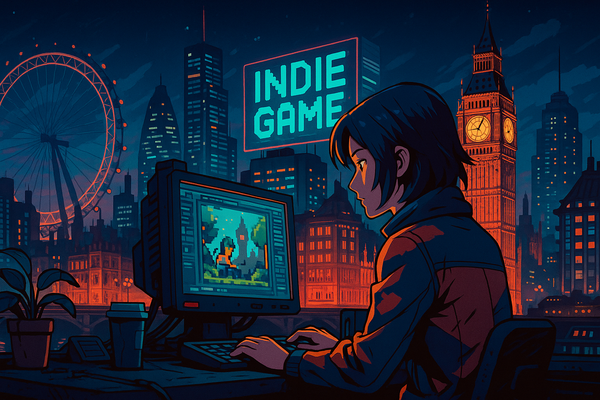Sustaining player retention after launch: How to keep players engaged Long-Term
Launching a game is only the beginning. In today’s competitive gaming landscape, long-term success hinges on your ability to retain players beyond the initial release. With over a million games available across platforms, keeping your players engaged is essential to prevent churn and ensure a thriving player base. In this article, we explore key strategies to sustain player retention post-launch and build long-term engagement.
1. Personalizing player experiences
Personalization has become one of the most impactful methods for retaining players. When players feel the game is tailored to their preferences, they are more likely to stay engaged. Personalization goes beyond just cosmetic skins or avatars—it involves creating a deep, customized experience that matches players’ motivations, values, and gameplay preferences(Solsten).
To enhance personalization, use data-driven insights to understand how players interact with the game. Are they competitive or cooperative? Do they prefer challenges or casual play? Understanding these nuances allows developers to create experiences that resonate with their player base, fostering long-term engagement.
2. Consistent content updates and expansions
Frequent content updates keep your game fresh and exciting. Whether it’s new characters, levels, or features, providing players with regular updates ensures they have new reasons to return to the game. Games like Call of Duty have successfully used seasonal content updates to maintain player engagement(TwitchMetrics Blog).
Scheduling updates ahead of time, such as new missions or special events, keeps players anticipating the next installment. Additionally, expansions or new modes provide a larger incentive for returning players to re-engage with your game(Udonis Mobile Marketing Agency).
3. Re-engaging lapsed players
It’s natural for players to drift away from your game over time, but there are effective ways to bring them back. One of the most successful strategies is using push notifications or email campaigns that highlight new content or upcoming events. These well-timed messages can remind players of what they’re missing, sparking their interest to return.
Another tactic is launching a “We Miss You” campaign that offers exclusive rewards or bonuses for returning players. Offering incentives such as rare items or in-game currency can entice players to re-engage with the game(Getgud.io).
4. Building a strong player community
Community building is a powerful tool for long-term player retention. Players are more likely to stay engaged when they feel part of an active, vibrant community. This can be fostered through social media channels like Discord or Reddit, where players can share their experiences, give feedback, and participate in community-driven events(Game Marketer).
Hosting special events, like in-game tournaments or challenges, not only brings your current players together but also encourages new players to join. Providing avenues for players to interact with one another strengthens their attachment to the game, which in turn enhances retention.
5. Managing player expectations with transparent communication
Maintaining an open line of communication with your player base is essential for trust and engagement. Players want to know that their concerns are heard and that updates and bug fixes are being actively addressed. Being transparent about future development plans and addressing technical issues builds trust, which keeps players invested long-term.
The lessons from games like Cyberpunk 2077 highlight the importance of managing player expectations. Even after a rocky launch, Cyberpunk was able to regain some trust by offering consistent updates, addressing player complaints, and openly communicating about fixes.
Player retention is key to long-term success in game development. By personalizing experiences, offering regular content updates, re-engaging lapsed players, building a strong community, and maintaining transparent communication, indie developers can create games that retain players well beyond the launch period. These strategies not only keep your player base engaged but also foster a sense of loyalty and excitement around your game.




